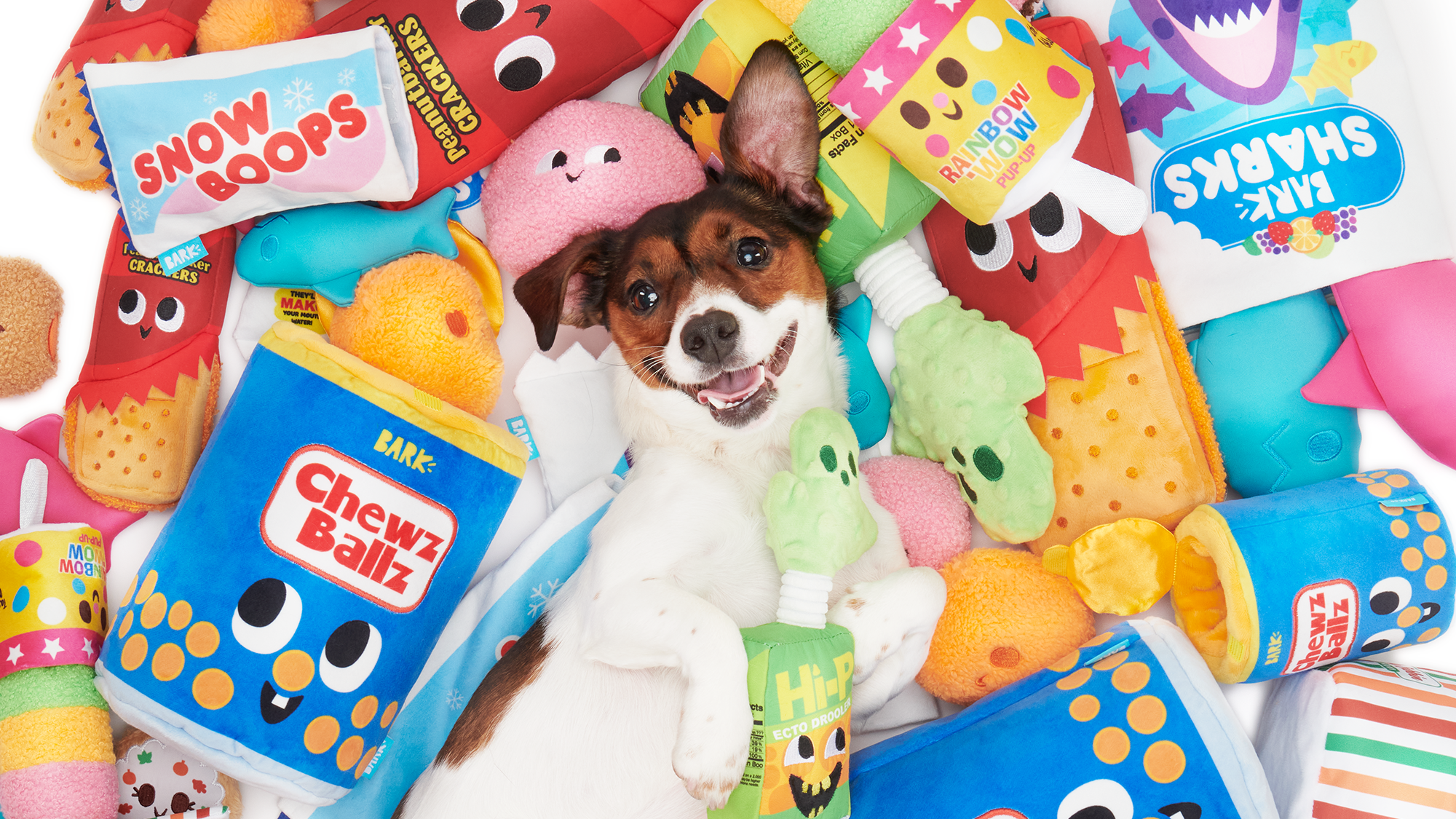20 reptile tank setup mistakes to avoid
From temperature to tank mates, here's how to get your reptile tank set up like a pro
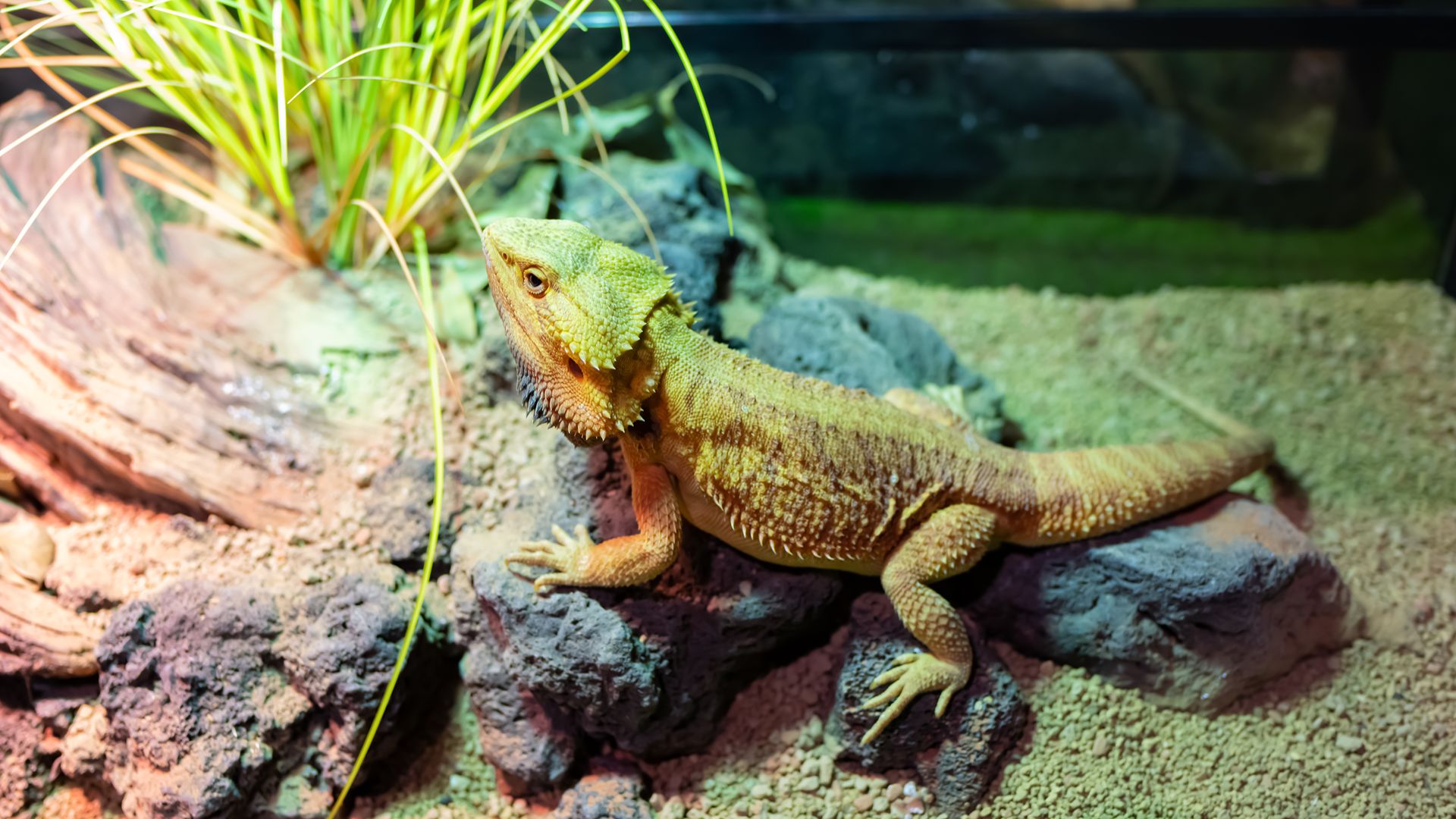
Reptile tanks look very impressive when set up correctly, but achieving the perfect environment for your scaly friend is harder than it looks. In fact, reptile tank setup mistakes occur more often than you might think; there are so many factors at play, and a great deal of expertise goes into cultivating an ideal home.
What's more, there are no blanket conditions that can apply to all reptile species; from tortoises to lizards and turtles to snakes, each species needs a different setup to match their native environment.
Light, temperature, humidity, enrichment – these are just some of the details a potential reptile owner must know inside out to avoid common reptile tank setup mistakes. So, without further ado, let's dive into what can go wrong – and how to ensure it doesn't.
Reptile tank setup mistakes
1. Size
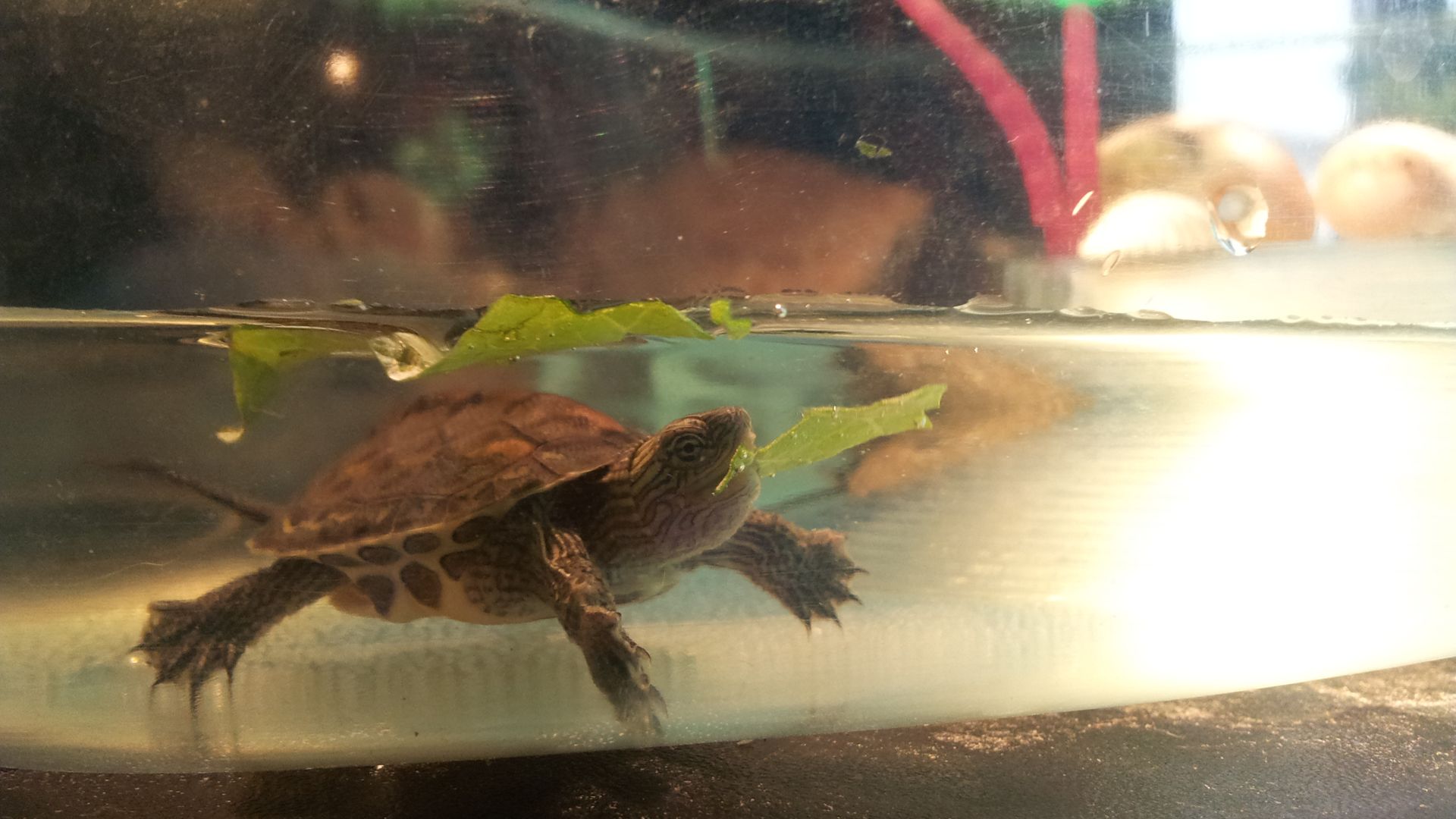
When it comes to housing reptiles, enclosure size has a huge effect on quality of life. Every reptile species is different, with its own set of territory and exercise requirements, and climate conditions to maintain.
While there may be a sale on a certain type of tank at your local pet store, starting with a tank of the incorrect size can cause stress and make it difficult to maintain appropriate humidity or temperature. While it might seem like bigger is always better, this isn't necessarily the case.
2. Substrate
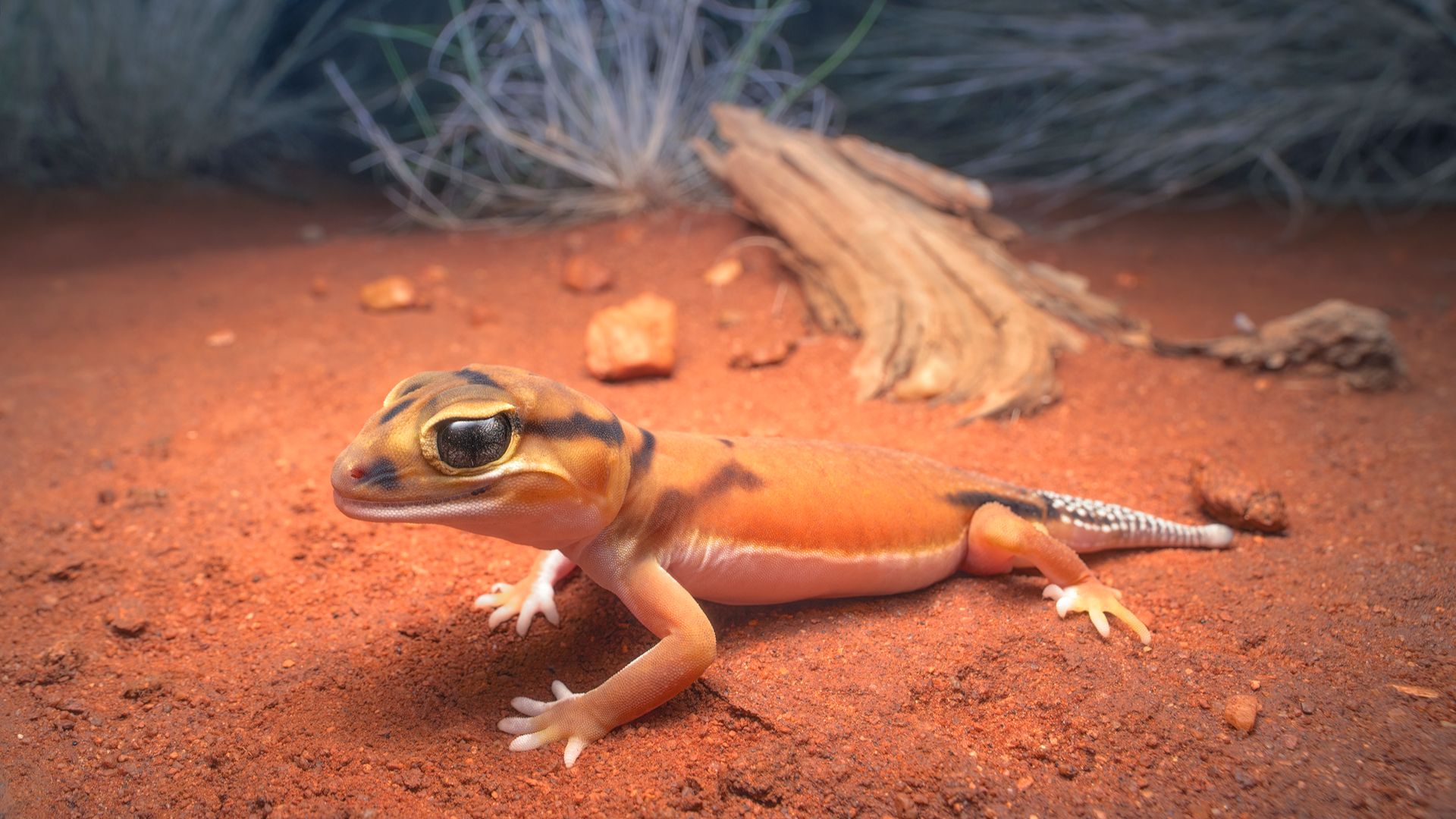
What's under your reptile's feet is more influential than you might think, and using the wrong substrate on the floor of your tank could lead to a trip to the vet.
There are a variety of substrate options out there, but, as with many aspects of reptile care, there isn't really a one-size-fits-all option to act as an all-rounder for all reptile species. For example, while desert-dwelling species such as bearded dragons and sand boas love to burrow in a sand substrate, this material could cause impaction or injury in other species.
Get the best advice, tips and top tech for your beloved Pets
Similarly, some substrates can have an overwhelming effect on conditions inside the tank. For example, bark-based substrates help maintain high humidity, which is perfect for rainforest species, but not for reptiles that thrive in a dry environment. Always research safe, species-specific options.
3. Humidity
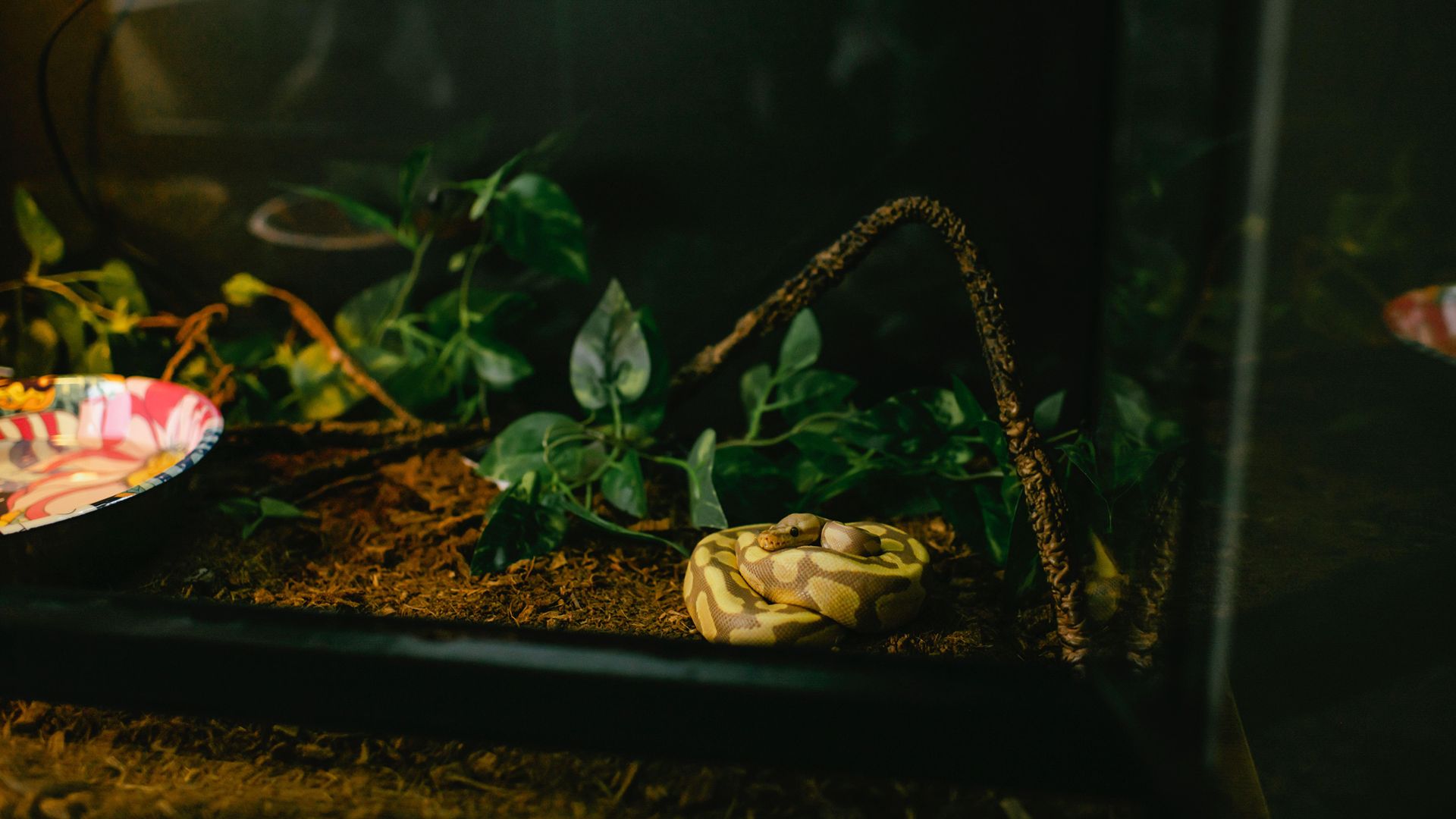
Speaking of humidity, each reptile has specific humidity needs that owners need to cater to, and using the wrong level can lead to dehydration or respiratory problems.
So, what factors affect humidity? As discussed above, substrate plays a role as well as heat lamp bulb type and misting technique, timing, and frequency. Be mindful, too, of where your tank is placed in your home; next the the bathroom might not be ideal for a dry air-loving pet!
4. Zones
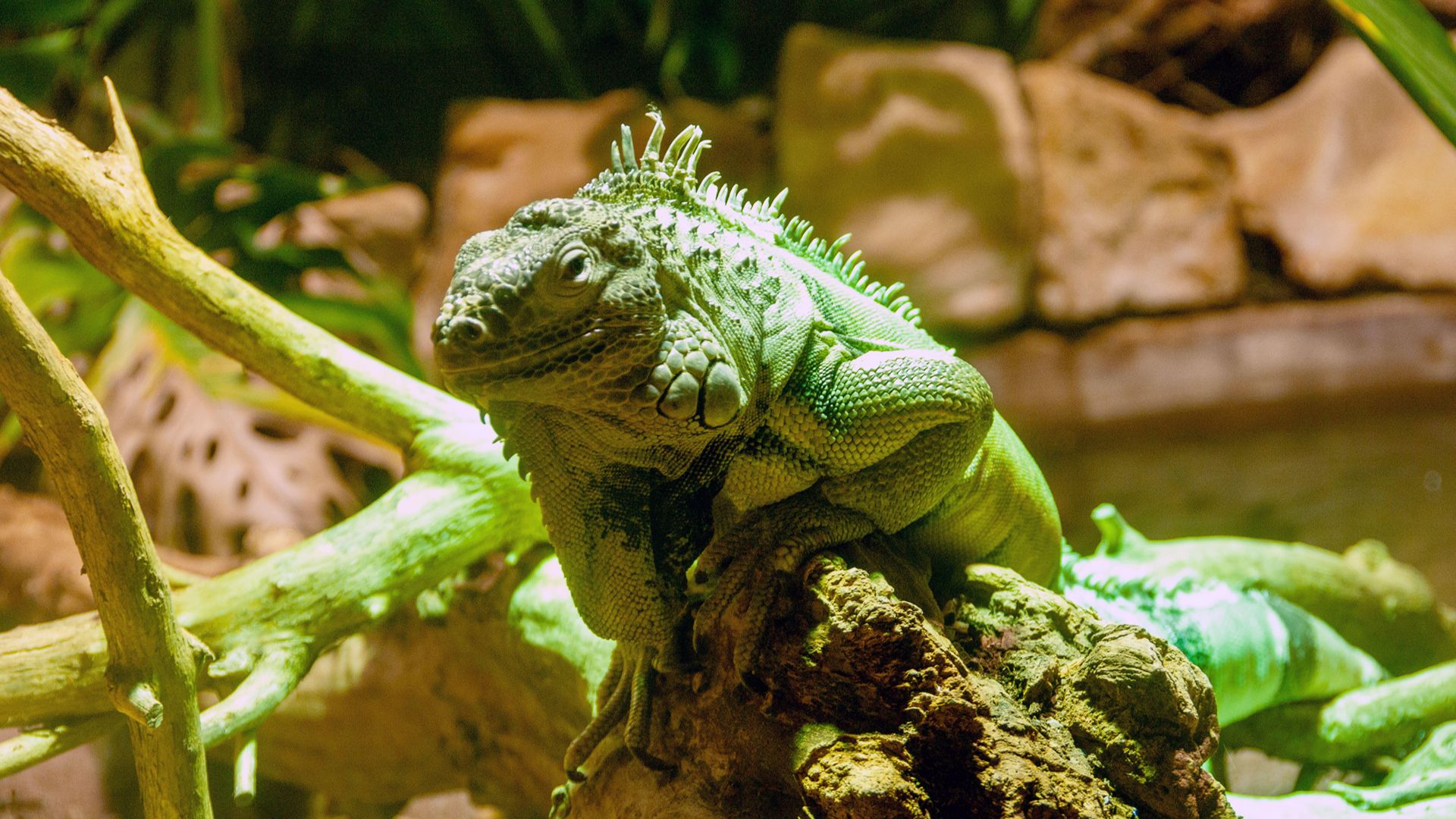
Reptiles, of course, are cold-blooded and rely on their external environment to regulate their temperature. This means their tank shouldn't be one consistent temperature; rather, they require a warm and cool side to their enclosure, as well as a basking zone where the heat is most concentrated. This means they can use the different zones to thermoregulate appropriately.
So, how do you achieve this? One or more lamps will help you get the balance right, but make sure you research appropriate temperature ranges for your chosen reptile and maintain them at all times.
5. Temperature
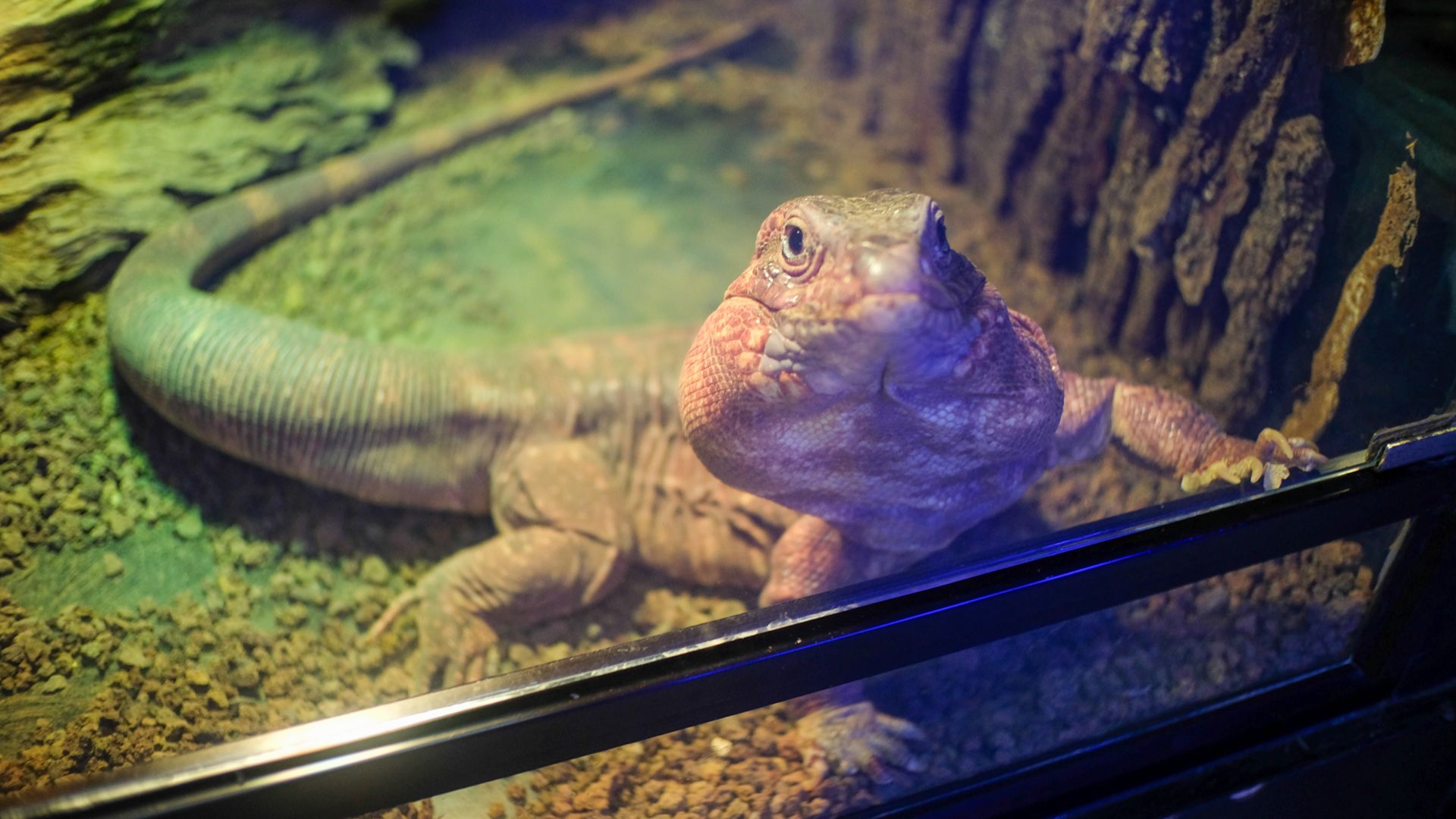
Take out the guesswork by making sure your reptile tank's heat sources have a proper thermostat. Overheating is dangerous, so it's vital to keep control of each heat-emitting device, be it a heat mat, lamp, or ceramic heater, with a thermostat.
You can back up the heat reading on these devices with a thermometer to check they are performing as they should be.
6. Thermometers
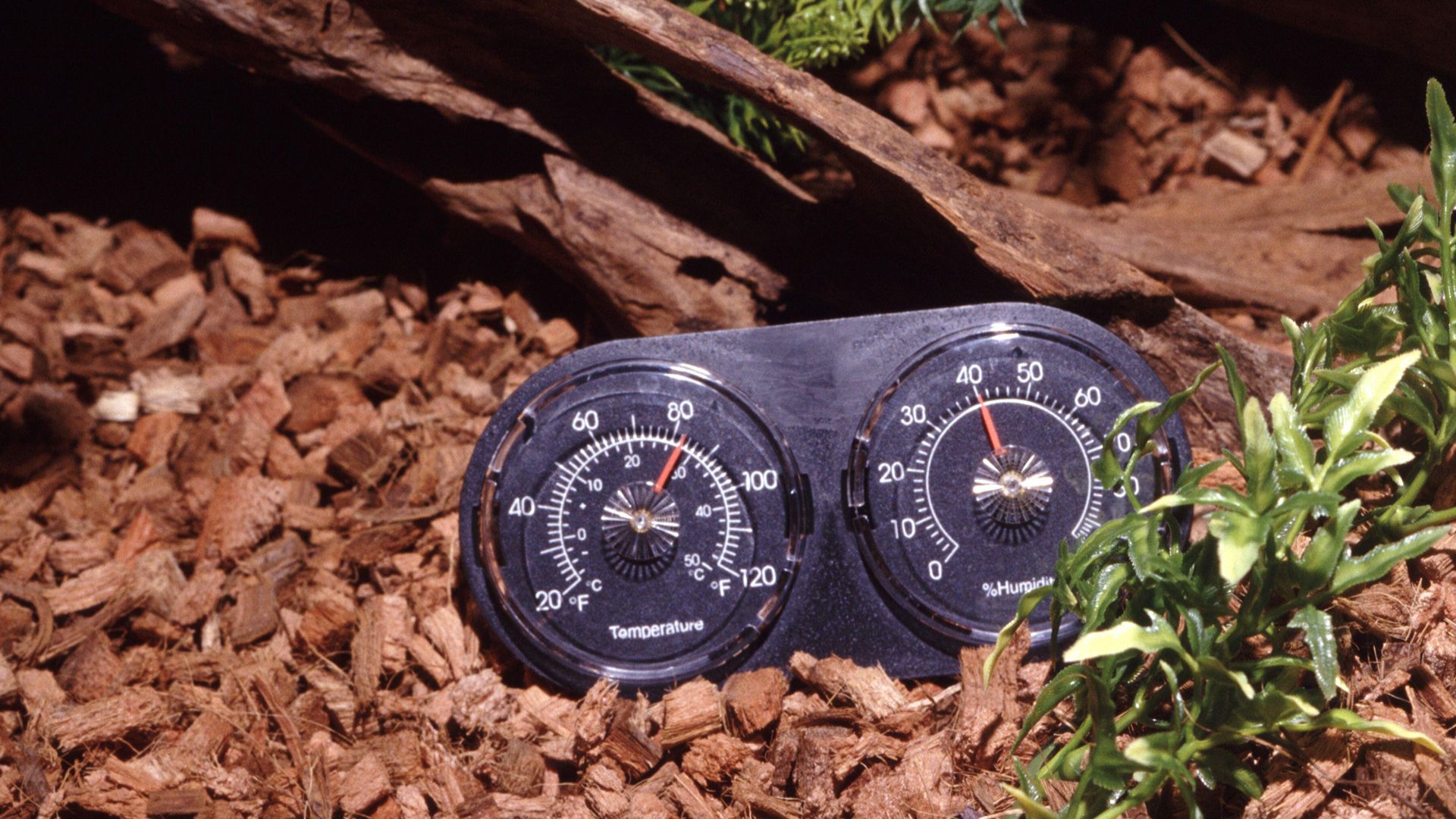
Another of the top reptile tank setup mistakes to avoid is using only one thermometer. Use multiple thermometers to monitor basking, ambient, and cool areas accurately.
7. Airflow
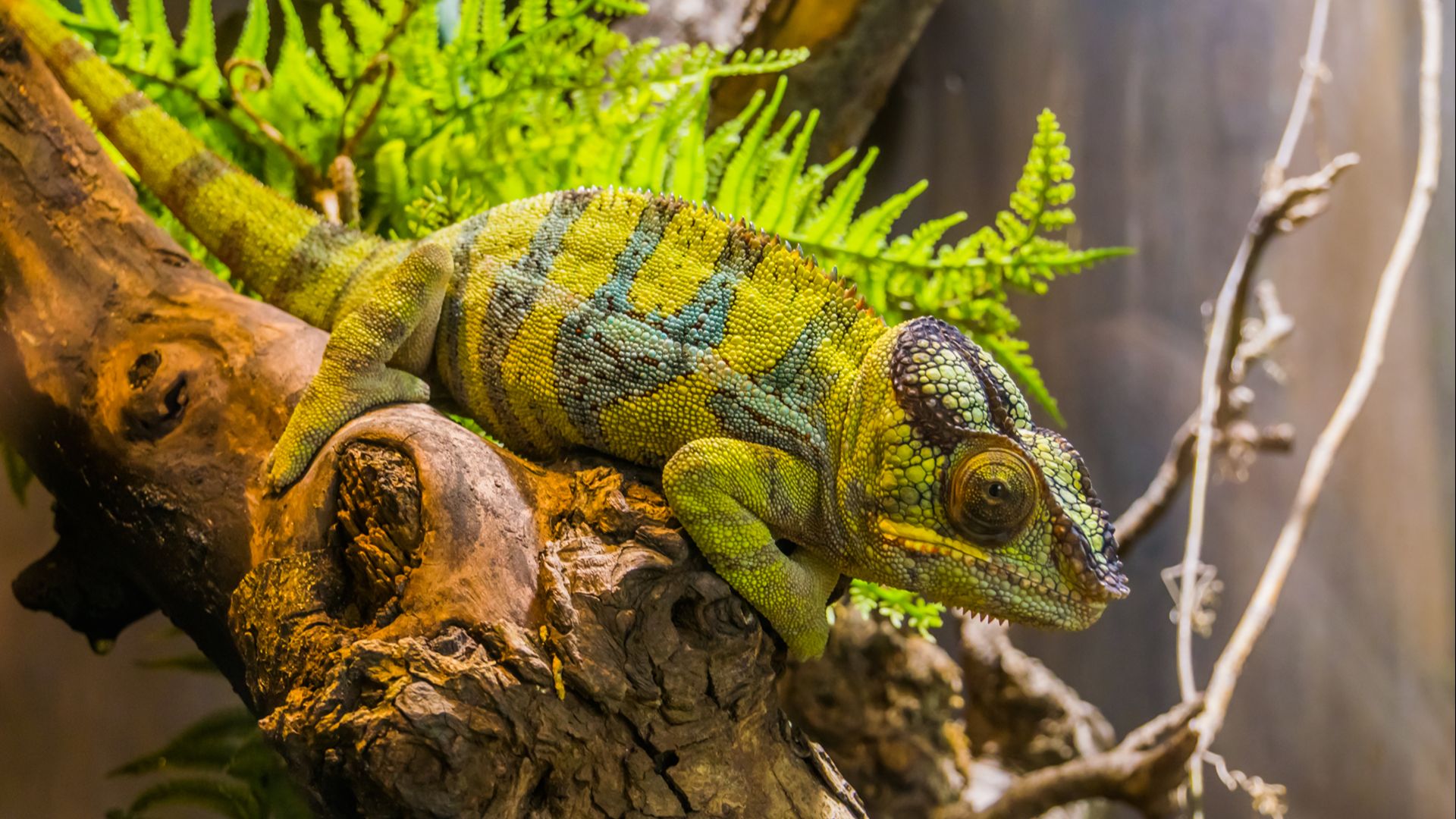
Ventilation in a terrarium prevents stagnant air from accumulating. You can buy tanks with vents included, fit vent grids yourself, or even buy open-top enclosures that are fully meshed in place of an upper pane.
Of course, while an open-top tank offers great ventilation, this setup won't foster the highly humid environment some reptile species need. That said, a lack of airflow can cause a rise in temperature, mold growth, or even respiratory illness, so no matter the tank type, you need to ensure the tank has proper ventilation. If your tank's ventilation is less than ideal, you might find that using a fan helps to push hot air out, boost airflow, and help restore ideal conditions for your scaly friend.
8. Introducing new pets
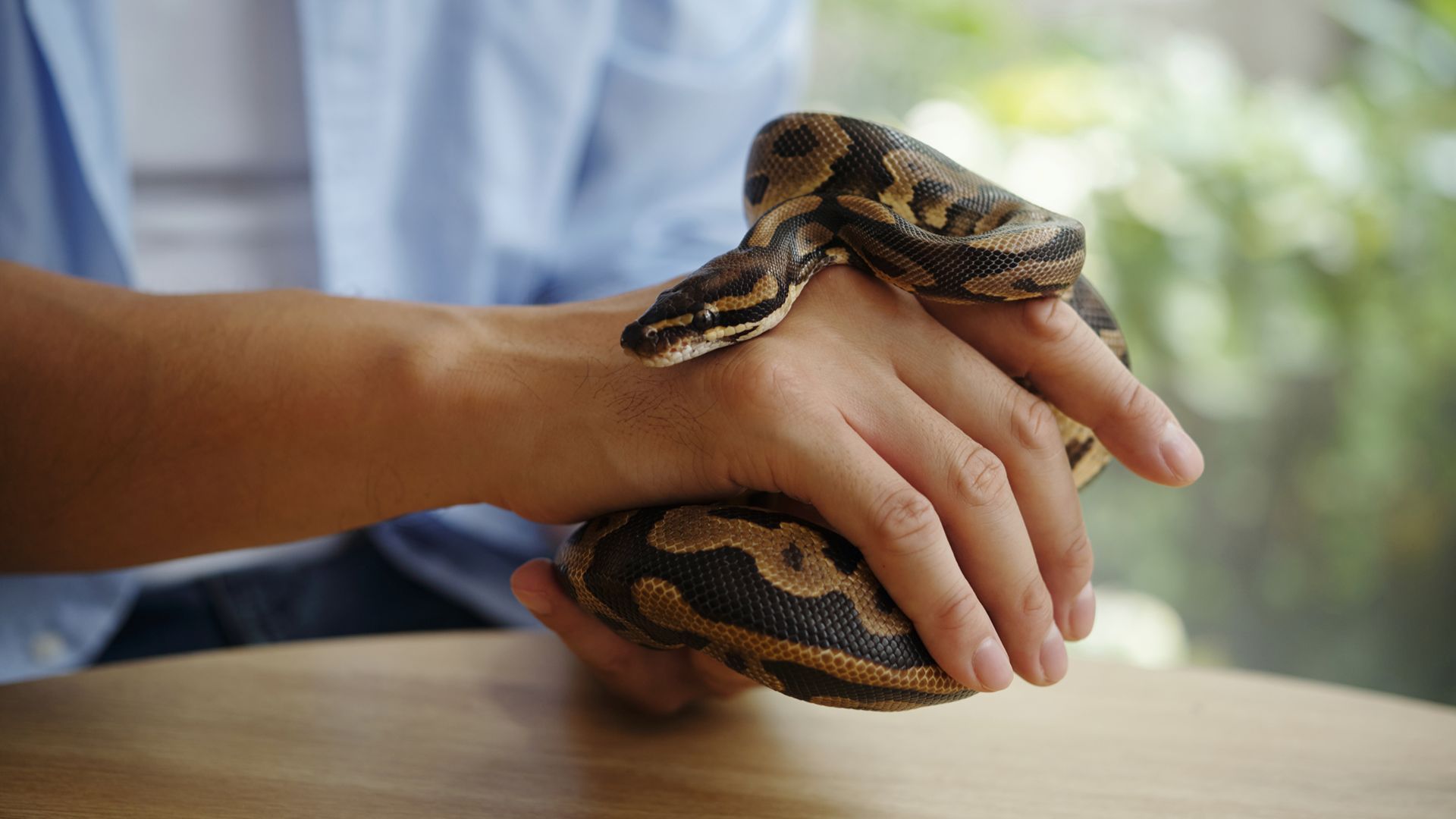
Got an established tank and want to add a second reptile? Before introducing your new pet to his ready-made enclosure – and an existing friend – it’s really important to keep him separate from your other reptiles. Placing him in quarantine allows you to check for signs of disease or parasites. Keep him in a separate tank in a different room and ensure you practise biosecurity by washing your hands in between tending to your two tanks. This way, you keep your existing pets free from the risk of illness.
So, how long to quarantine a reptile? There are various opinions, with some keepers recommending up to six months. However, the consensus is a minimum of 90 days, with a vet exam before you introduce your new reptile to the communal tank.
9. Lighting
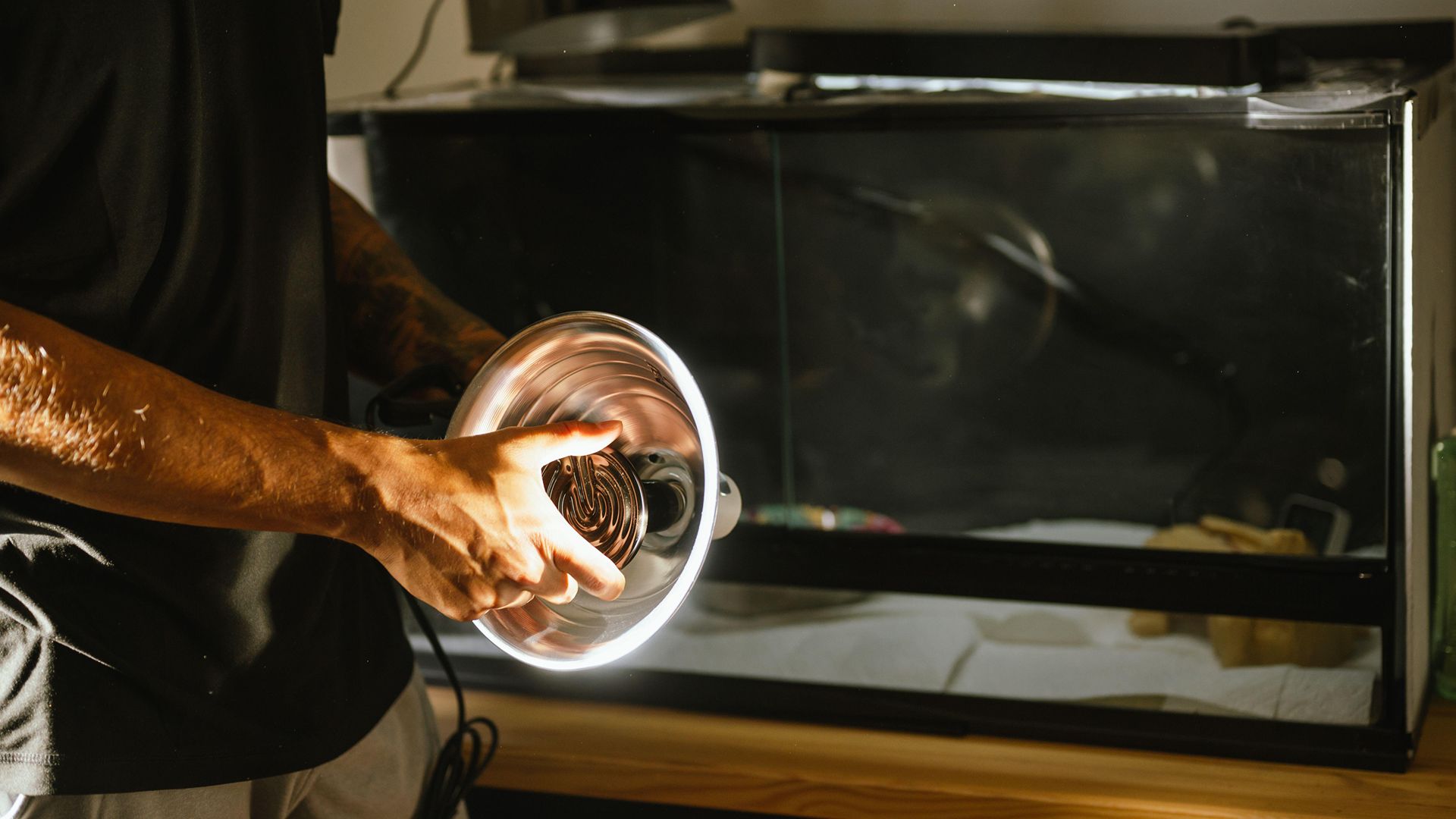
Appropriate lighting isn't just about heat and, well, light. It's the type of lighting that matters, too.
Reptiles need exposure to both UVA and UVB rays. UVB is essential for calcium absorption and bone health in many reptiles, so check your bulbs before you invest.
10. Day/night cycle
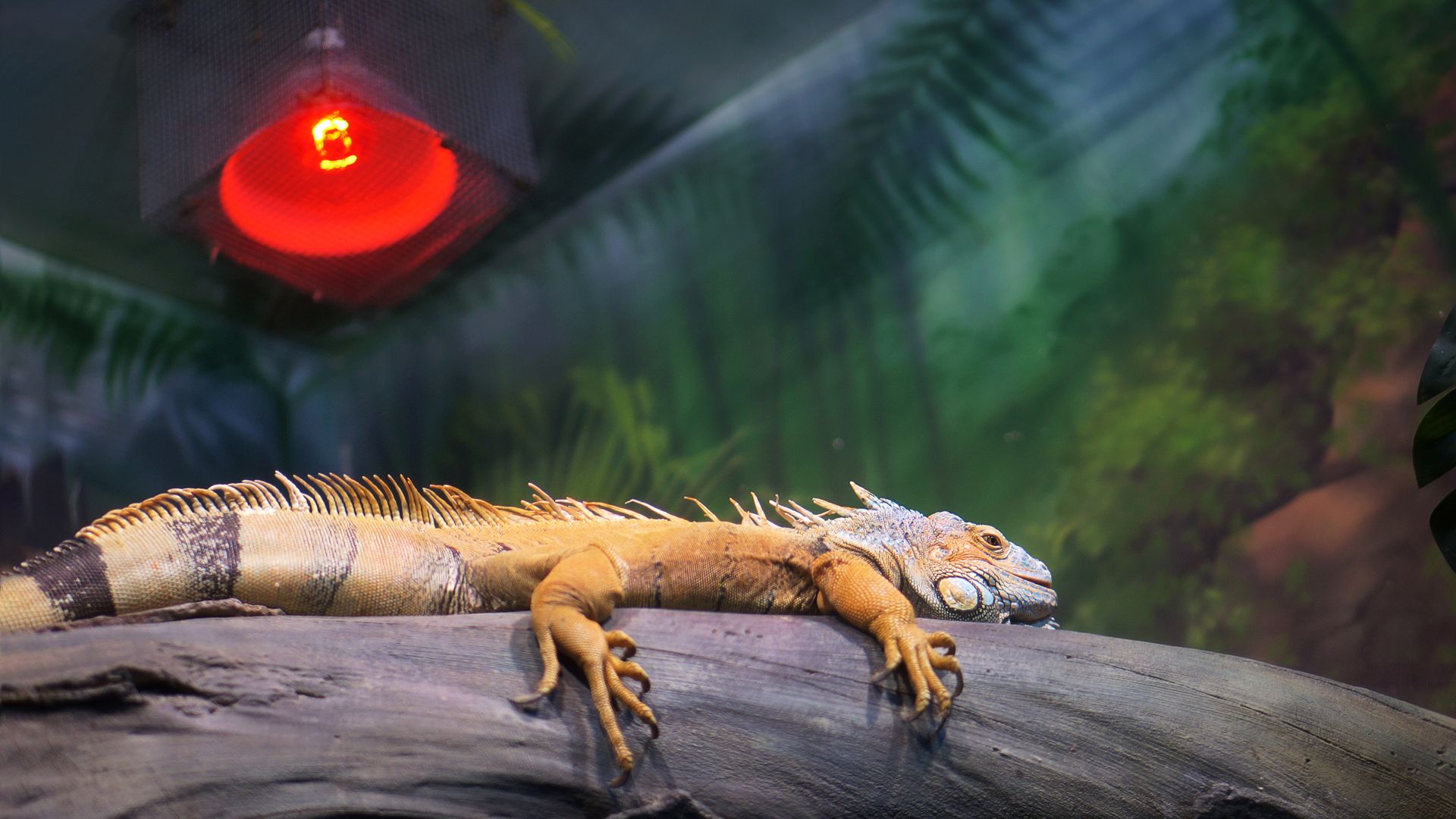
One of the biggest reptile tank setup mistakes concerns providing a proper day/night cycle. Whether your reptile is diurnal (awake during the day), nocturnal (awake during the night), or crepuscular (awake at dawn and dusk), it requires a proper simulation of day and night to maintain its circadian rhythm and support its natural behaviours.
So, don't leave your tank's lights on 24/7. Rather, adopt a 12 hours on, 12 hours off system, or whatever is recommended for your specific species.
11. Water
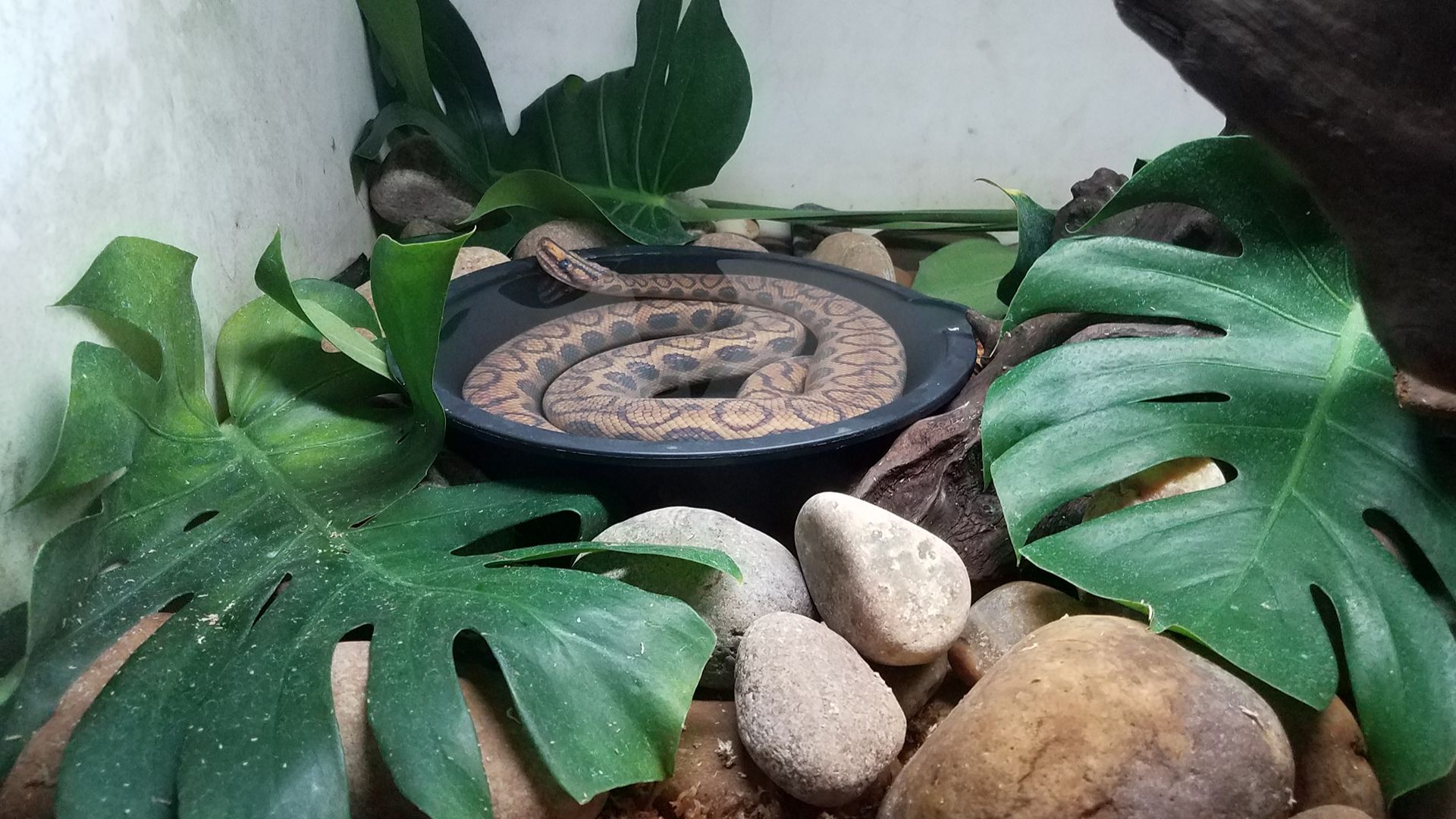
Choosing a water dish might not seem like a big deal, but there are a few things to consider. Firstly, material; a plastic dish might be upturned by a larger reptile, while a glass one, though stable and easy to clean, could potentially break. Furthermore, smaller lizards and snakes will want a shallow bowl, whereas a water turtle would want a deeper, larger dish.
A dish that is too deep risks drowning, while one that is too small or hard to access could lead to dehydration.
12. Overcrowding
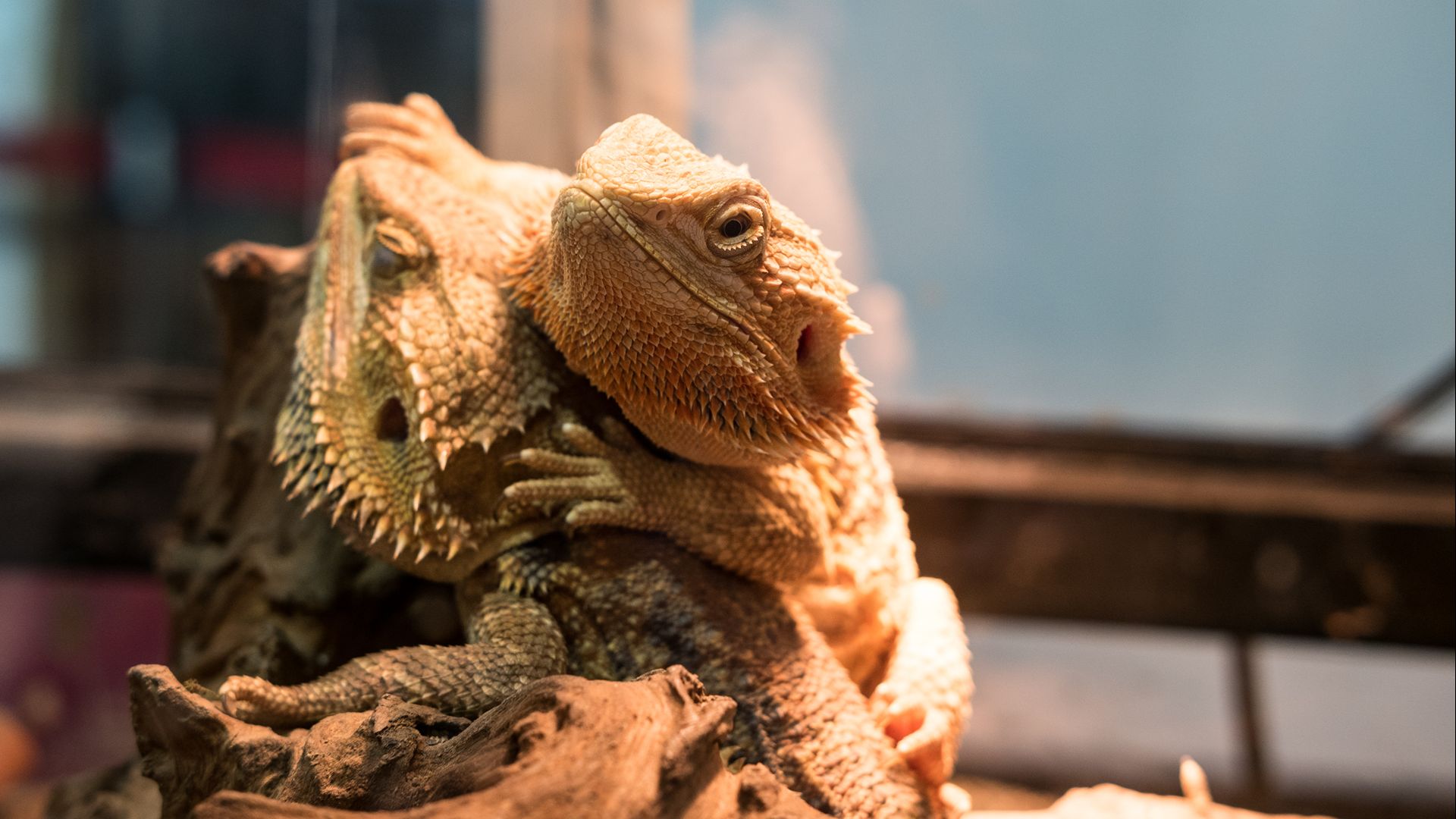
Make sure your tank is the right size for the number of reptiles you want to keep there. Overcrowding can lead to stress, aggression, or illness, especially if your chosen reptile is a solitary species. Speak to a specialist at a reputable reptile store or a vet for advice, as this will inform the tank size, or indeed the reptile species, you buy.
If one of your reptiles becomes aggressive to its tankmates and the tank size is confirmed appropriate, you can try rearranging rocks and other features to mix up established territories, or even remove the aggressor.
13. Hiding places
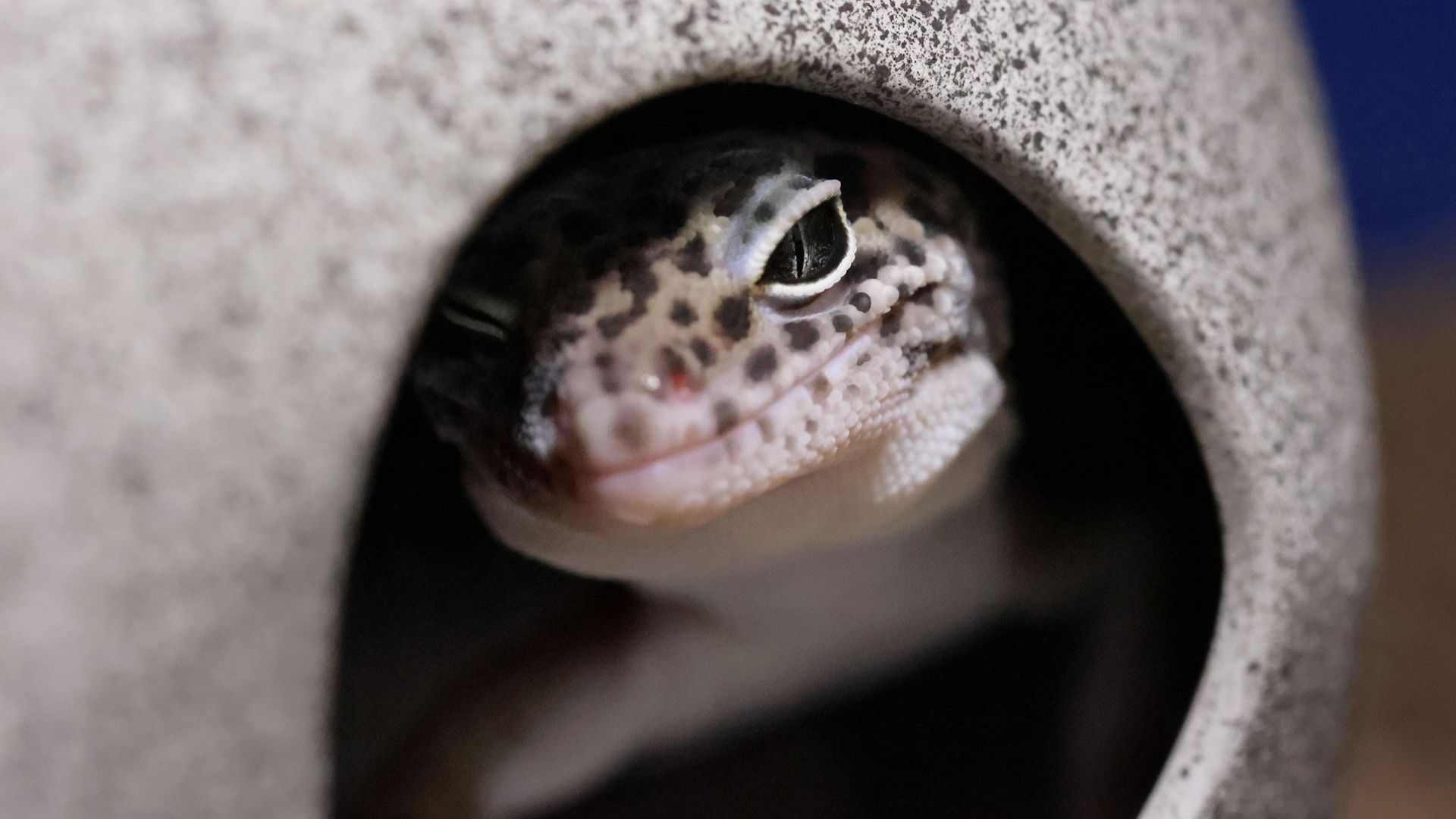
Your reptile tank needs to be an appropriate playground for its scaly inhabitants. That means its features should satisfy your reptile's need to climb, bask, burrow, and hide as appropriate. After all, reptiles need both stimulation and security.
Substrate will come into this, but ensuring you have an appropriate offering of climbing structures, hides, and even reptile-safe live plants will help avoid stress and boredom.
14. Food
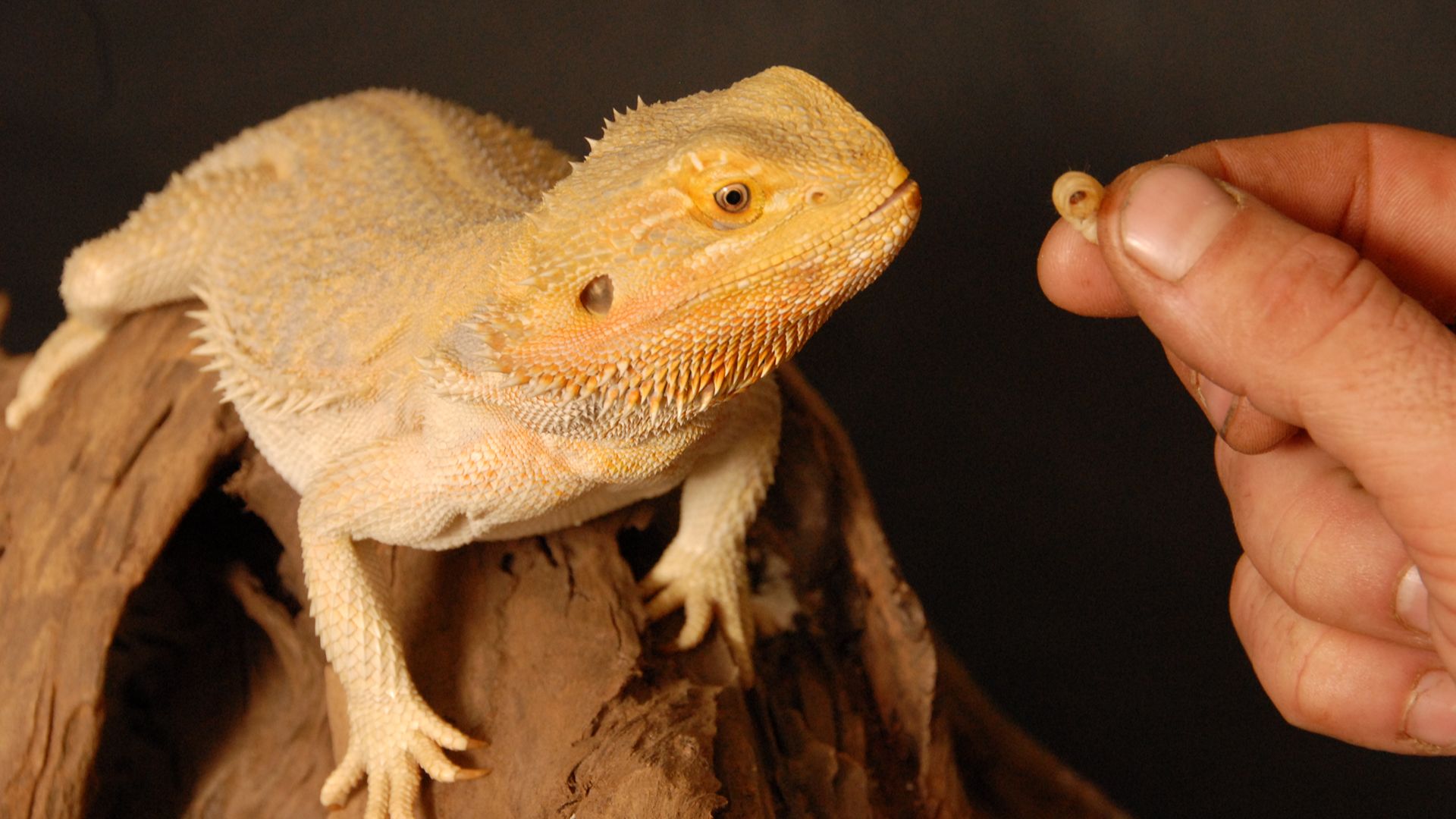
Before you bring your reptilian pal home, make sure you've adequately researched and prepared their menu. While it might seem most stimulating to offer live prey to tap into hunting instincts, you should proceed with caution: some reptiles need live prey, others don’t.
What's more, reptile species have a diverse range of dietary needs. There are so many surprising things that turtles can eat, like blackberries and crickets. Then you have insect-eating geckos or the meat-only diet of corn snakes. It's important to research thoroughly, as an improper diet can lead to malnutrition or obesity.
15. Cleaning
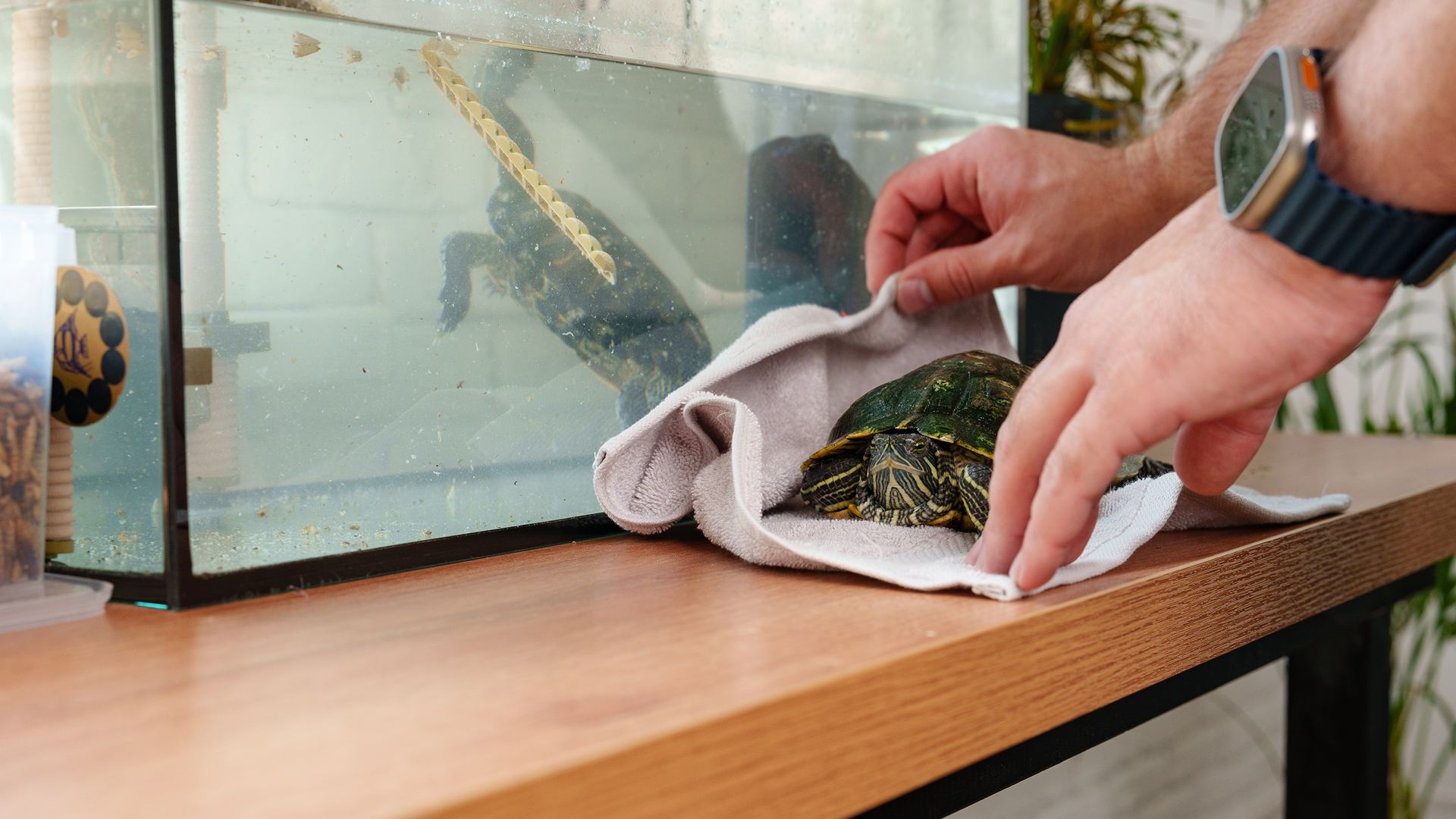
Infrequent tank cleaning is a big no-no. As a rule, reptile tanks should be deep cleaned weekly, which involves the removal of all enclosure contents to clean and replace or throw away, plus disinfecting the tank itself. Tanks should also be spot-cleaned daily, which involves removing dung and urine, wiping up spills, and clearing shed skin and uneaten food. Water should also be changed daily.
Neglecting spot cleans and deep cleans leads to odor, bacterial buildup, and potential health issues.
16. Handling

New reptiles need time to adjust, and frequent handling causes stress. You might be keen to bond with your new reptile, but handling them too much, too soon can harm the process. Be patient, give him time, and then gently encourage more interaction.
17. Knowlegde
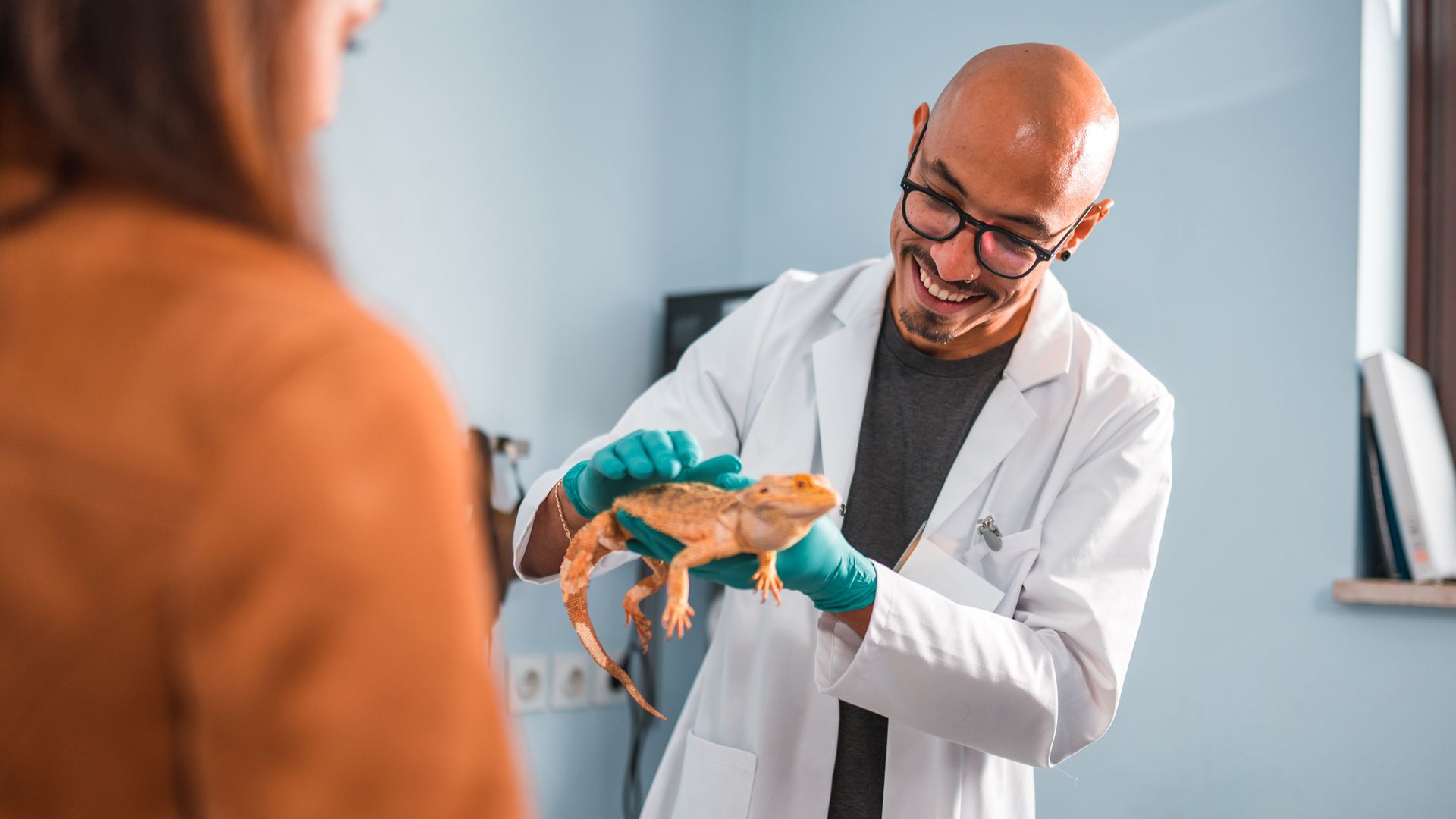
As we've covered extensively in this list, each reptile species has specific needs. Whether you're a total reptile-owning newbie or have vast experience with one or two other species, don't rely on guesswork or aesthetics when you buy a new reptile. Consult reputable experts, like specialist reptile stores, vets, and the sources they recommend, and you can't go far wrong.
18. Safety
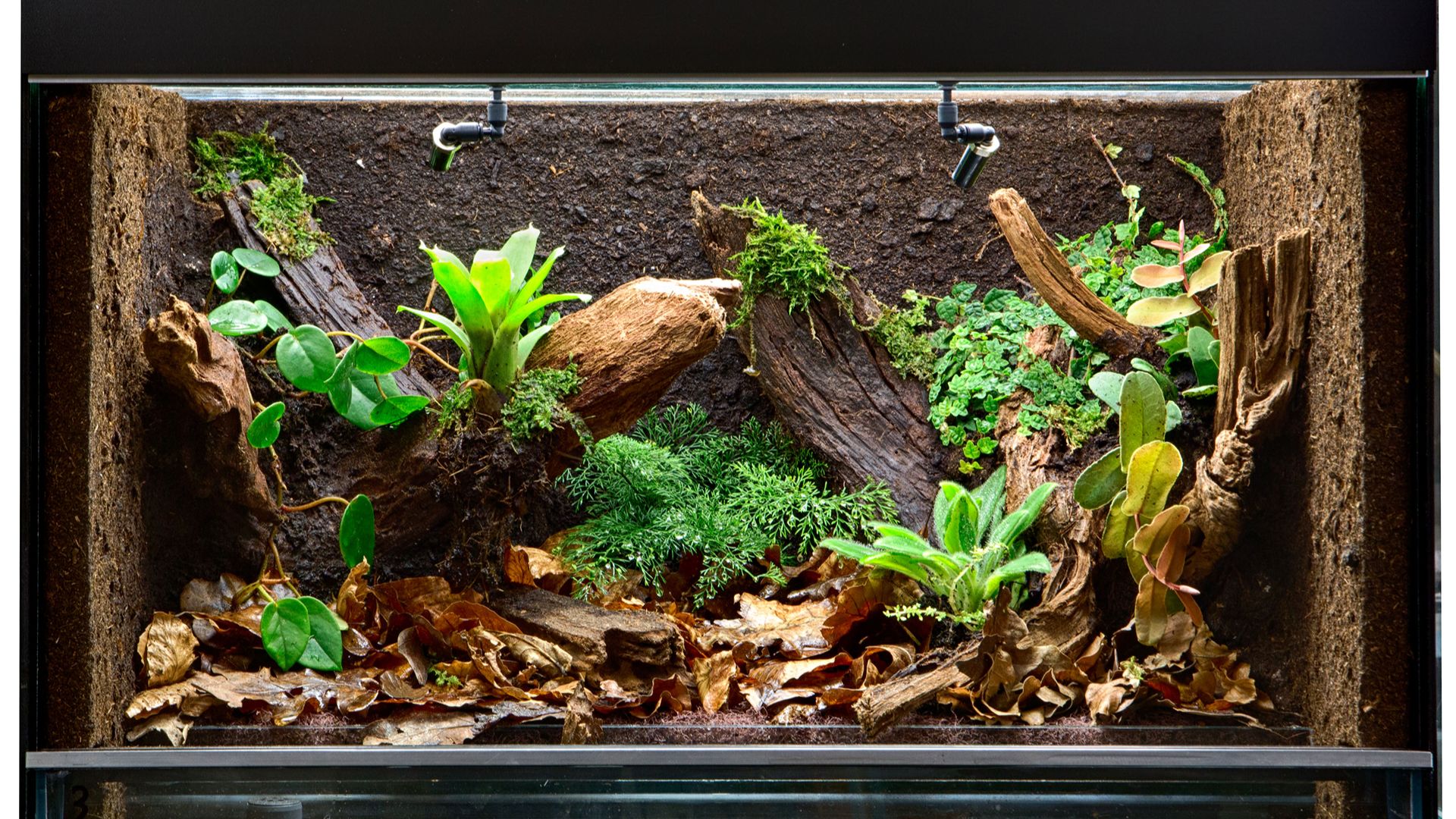
Tank décor needs to be appropriate, so don't be fooled by a deal you see online somewhere. Sharp objects, loose rocks, or unstable logs can injure your reptile, so while a viral reptile toy might be half off, your pet's safety is priceless. If possible, go to a store to 'try before you buy', and ask for expert advice while you're there.
19. Room to grow
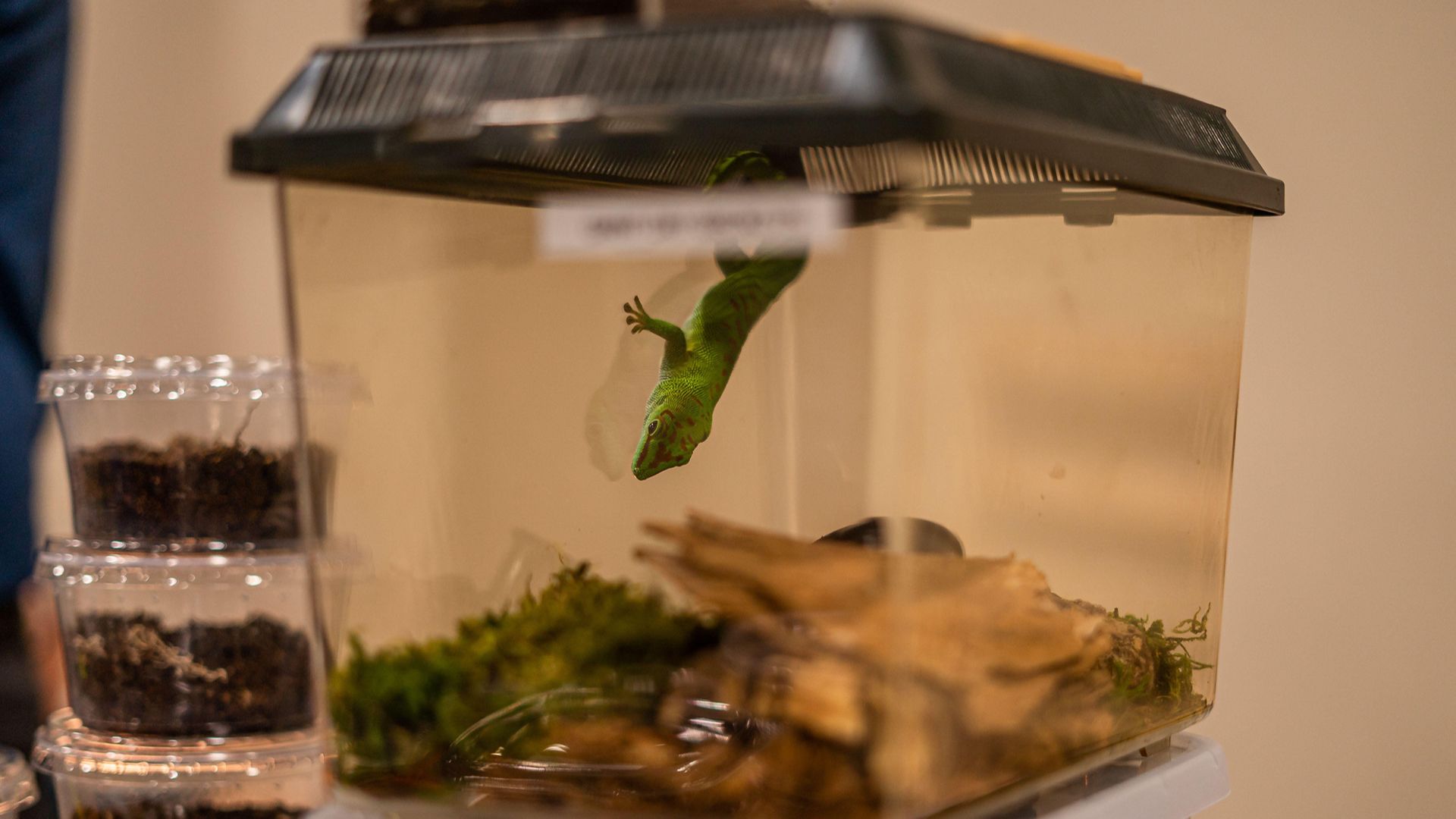
Do you know the adult size of your new reptile? Misjudging growth size happens more often than you think, and some reptiles grow much larger than expected. Don't rush into buying a tank, and make sure you plan for adult size when choosing one. It may dwarf your new pet when they first arrive, but you don't want to cultivate the best reptile environment only to have to buy a new tank and start from scratch again!
20. Getting help

In this day and age, misinformation can spread like wildfire online. Not everything you see on Google is accurate, and as a general rule, you should look for further evidence if you come across a source that seems to scaremonger or be too good to be true. Use reputable reptile care guides or vet-approved sources where credentials are clear and verifiable.
Read next: Best toys for pet lizards
Edited by Georgia Guerin and Alexis De Leaver.
Last updated August 2025.

Bethany is an experienced news and features writer with an equestrian specialism, and has been writing for internationally recognised titles, such as Horse & Hound magazine where she is currently features assistant, since 2017.
Prior to her career in journalism, she studied BA English at the University of Nottingham, where she graduated with a first class degree.
As well as cultivating a vast and far-reaching understanding of equine training and management, her first-hand pet care experience also ranges from dogs and rabbits to chickens and sheep.
She’s also volunteered at greyhound rescue centres by walking their four-legged residents.
When she isn’t writing, she's kept busy by her two horses and cocker spaniel, Matilda, who’s a dab hand at dog agility and loves performing her favourite party trick – weaving between her human’s legs as she walks.
